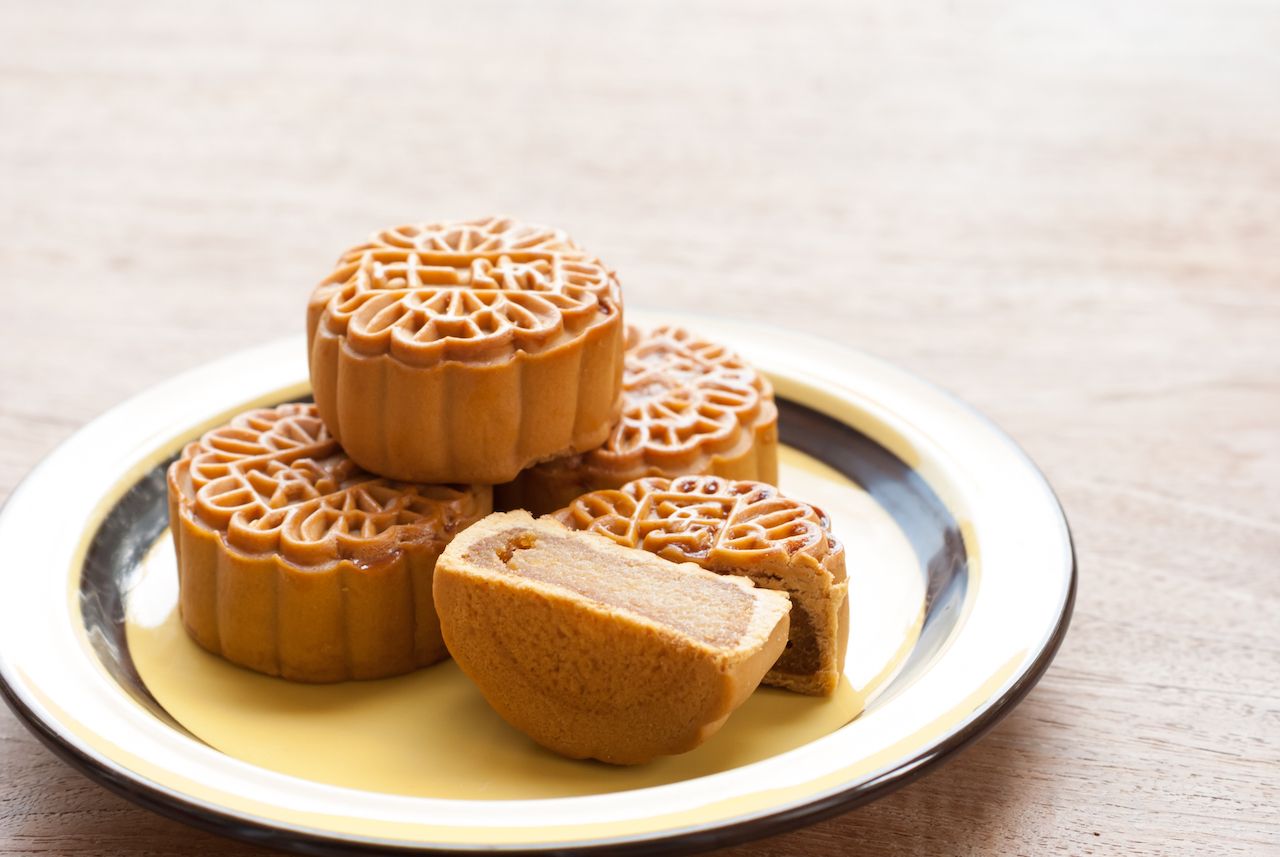Please use the sharing equipment through the percentage button at the pinnacle or facet of articles. Copying articles to proportion with others is a breach of FT.Com T&Cs and Copyright Policy. to shop for additional rights. Subscribers may also share up to 10 or 20 articles in keeping with the month using the present article service. More information can be.’
In a gladiatorial contest of global cuisines, the Chinese, I reckon, have to win readily in most categories besides — virtually — dairy ingredients and — relatedly — puddings. Most Chinese food has no dessert course; clean fruit might be served as a substitute.
Across most of China, food is savory, with sweet tastes woven in the various salty or foucks eaten out of doors mealtimes. In Sichuan, the sauces clinging for your pork ribs and Gong Bao bird can be pro with sugar, but you’ll likely finish dinner with soup, rice pic,kles, and perhaps a few sliced pears.

The humans of Suzhou, near Shanghai, have a notoriously sweet enamel. Still, it’s as in all likelihood to show itself in an appetizer of cooked ham tossed with toasted pine nuts and granulated sugar as in whatever resembling a Western dessert. An old-style taro-and-jujube sweetmeat made by the Hui Muslims of Beijing is reminiscent of English Christmas pudding. However, it is normally served in a scalded mutton hotpot or other savory dishes.
In my early days in China, I was amazed when an apple tart I’d cooked for a celebration changed into a split by my hosts and served alongside sliced pig’s ear and highly spiced seaweed salad. Much later, my tastes truly sinicized. I inadvertently stunned some English friends by using cucumber slices to beautify a birthday cake.
The relative loss of department between sweet and savory ingredients is why the Chinese often make sweet dishes with ingredients considered vegetables within the West. While Americans do bake desserts with carrots and pies with pumpkins, such “vegetable” desserts are exceptions rather than the guidelines; in assessment, the Chinese make candy desserts, pastries, and puddings from taro, mung beans, adzuki beans, soybeans, kidney beans, sweet potatoes, mushrooms, lotus roots, water chestnuts, and dried string lettuce seaweed (to call however a few).
One of my favorite Shanghainese snacks is an awesome puff pastry full of sugared cashew nuts and dried string lettuce. I can’t have sufficient wealth, lardy tian shaomai, a Sichuanese pudding made from glutinous rice, pink bean paste, and fatty beef.
Please use the sharing tools determined through the percentage button at the pinnacle or on the side of the articles. Copying articles to proportionate with others breaches FT.Com T&Cs and Copyright Policy. Email licensing@feet.Com to buy extra rights. Subscribers can also proportion up to 10 or 20 articles consistent with the month using the gift article service. More facts can be found at
One thrilling Chinese dish is candy soup or porridge, served either warm or bloodless. Sometimes, these are supplied at wedding ceremony banquets to symbolize the hoped-for sweetness of married life. Recently, in an old-fashioned dessert store in Guangzhou, I lapped up a gorgeous, golden, translucent soup pudding laced with chopped water chestnuts and fine shreds of carrot.
The Sichuanese experience sipping a candy, heat broth of slippery silver ear fungus, and goji berries. Some Chinese soup cakes seem like the form of issue a fairy may devour: image, as an instance, a bowlful of peach tree sap, the transparent, amber-tinged morsels of jelly suspended like jewels in a warm, sweet liquid with pearly fox nuts (as served at the Dragon Well Manor restaurant in Hangzhou).
A few Chinese desserts evoke the historical Silk Road exchange links with Central Asia and the Middle East, together with neighborhood versions of halva and the fried, syrup-soaking wet “sugar ears” (tang due) made by Hui Muslims in Beijing. Some candy dishes are high-quality and acceptable to precise seasons.
In Chongqing, for example, considered one of China’s “furnace” towns and notorious for its sweltering summer warmth, there’s not anything like Bingen (ice jelly) on a warm day: a quivering, definitely obvious jelly made from the seeds of the shoo-fly plant, doused in brown-sugar syrup and sprinkled with chopped dried result and seeds.
Although the variety of sweet dishes in China is well sized and captivating, the Chinese have not, historically, unleashed their traditional culinary creativity on cakes crafted from dairy substances, with some exceptions inclusive of the milk-and-egg-white custards (Zhuangzi nai) of Shunde in the Cantonese south and buttery Shanghainese palmiers borrowed from the colonial French, acknowledged regionally as guide us (“butterfly crisps”).
Other than these anomalies, traditional Chinese sweetmeats lack the astounding umami creaminess that milk, cream, and butter lend to Western cakes from a European point of view. They also lack chocolate!
(In that hypothetical worldwide culinary contest, Chinese access would surely be boosted if it became allowed to encompass the fabulous desserts made by the Nyonya or Peranakan Chinese of Malaysia and Singapore, wherein Chinese traditions collide with the ones of Southeast Asia and coconut milk offers a creaminess to rival that of dairy milk, producing such delights as the multicolored, wobble some Nyonya desserts known as kueh.)




